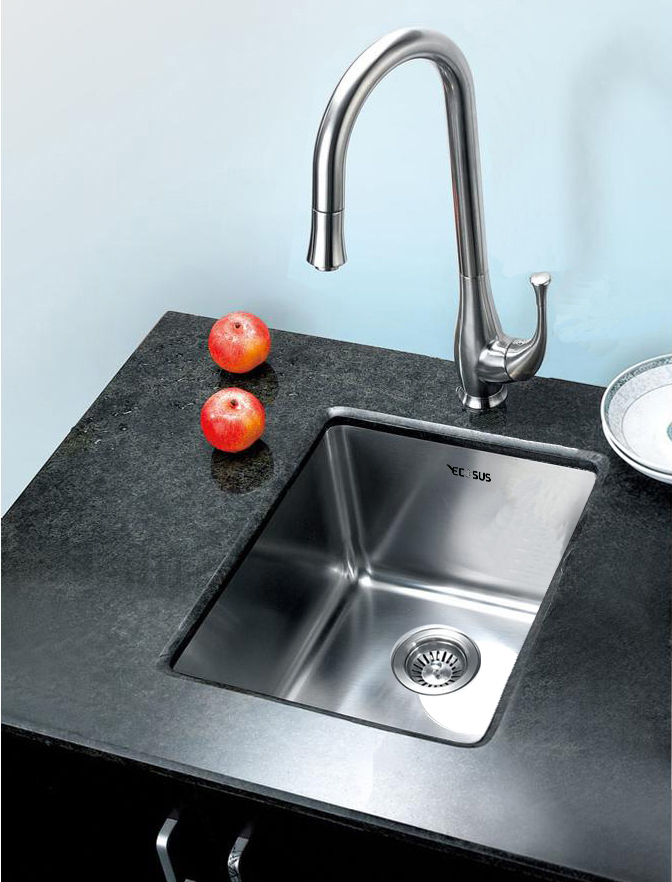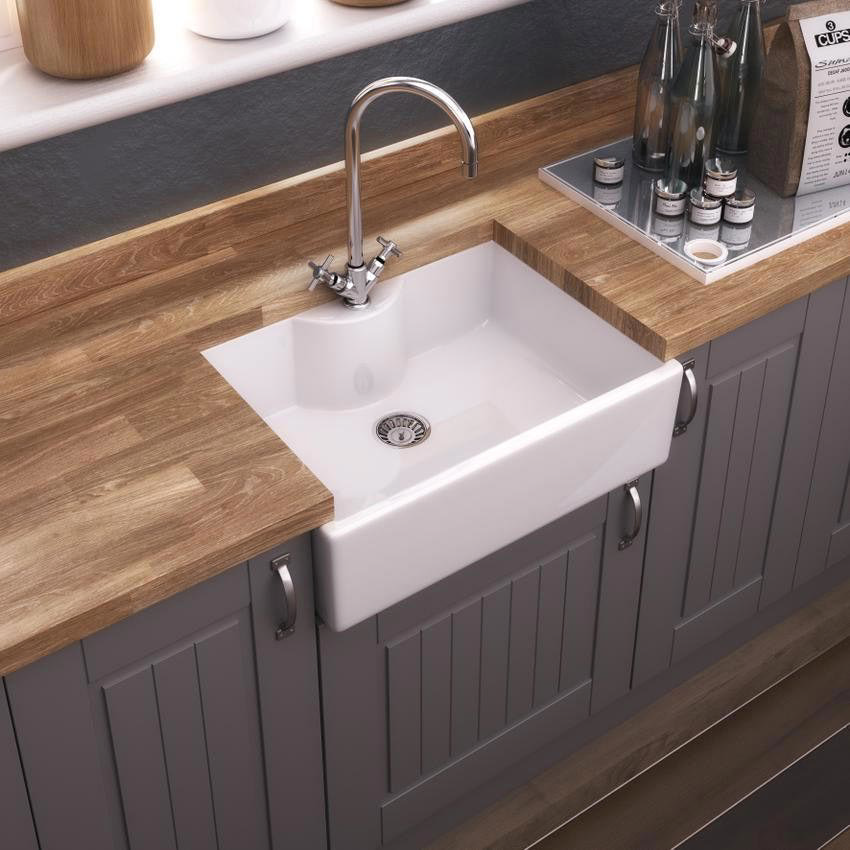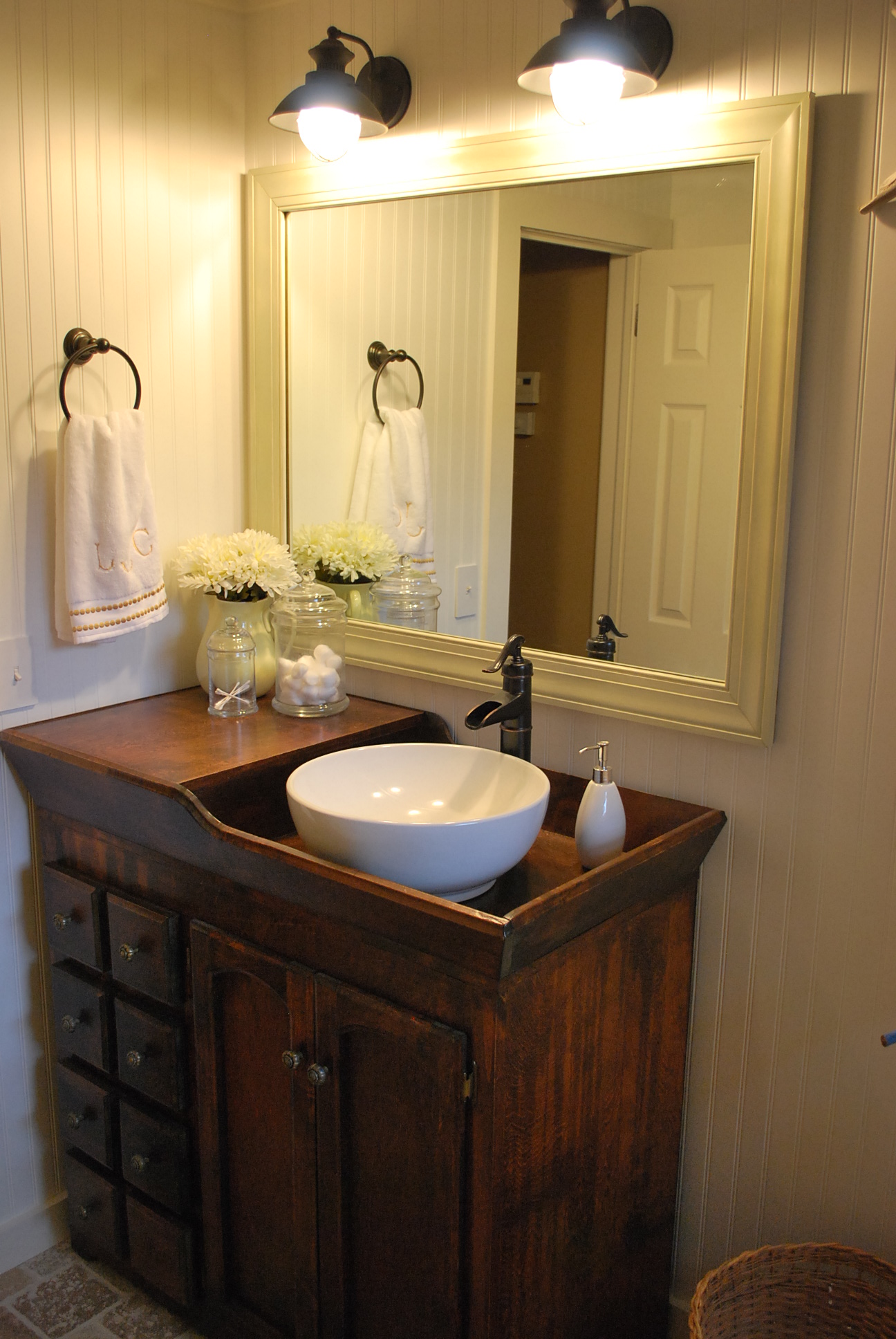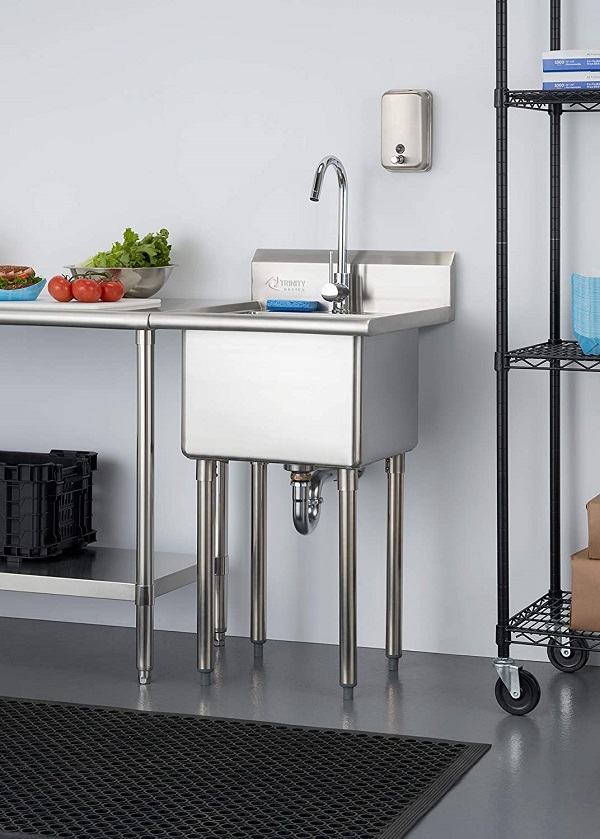Maximizing Space and Functionality
In modern kitchen design, maximizing space while maintaining functionality is essential, especially in smaller kitchens. A small bowl kitchen sink is a practical solution that allows homeowners to optimize counter space while still meeting their washing and cleaning needs. In this comprehensive guide, we will explore the benefits, considerations, installation process, and maintenance tips for small bowl kitchen sinks, as well as common mistakes to avoid and frequently asked questions.

Benefits of Small Bowl Kitchen Sinks
Space Optimization: One of the primary benefits of a small bowl kitchen sink is its ability to optimize space in compact kitchen layouts. With limited counter space, a smaller sink allows for a more usable workspace for food preparation, cooking, and other kitchen tasks. It also makes it easier to incorporate additional features such as a built-in cutting board or drying rack, further maximizing efficiency in small kitchens.
Efficient Washing and Cleaning: Despite its smaller size, a small bowl kitchen sink can still provide efficient washing and cleaning capabilities. With proper design and placement, it can accommodate standard kitchen tasks such as washing dishes, rinsing produce, and cleaning cookware. Some small bowl sinks also feature deeper bowls or integrated accessories like a colander or drying rack to enhance functionality.
Design Flexibility: Small bowl kitchen sinks come in a variety of styles, materials, and configurations, offering homeowners flexibility in design and customization. Whether you prefer a traditional top-mount sink, an undermount sink for a seamless look, or a farmhouse sink for a rustic touch, there are options available to suit your aesthetic preferences and complement your kitchen decor.
Easier Maintenance: Due to their smaller size, small-bowl kitchen sinks are generally easier to clean and maintain compared to larger sinks. With less surface area to scrub and fewer crevices for dirt and grime to accumulate, keeping a small bowl sink clean is a simpler task. Additionally, smaller sinks may require less water and detergent for washing dishes, resulting in potential savings on water and energy bills.

Considerations When Choosing a Small Bowl Kitchen Sink
Size and Configuration: When selecting a small bowl kitchen sink, consider the size and configuration that best fits your needs and kitchen layout. Measure the available space in your kitchen to determine the maximum dimensions for the sink, and choose a configuration (single bowl, double bowl, or combination) that suits your washing and cleaning preferences.
Material and Finish: Small bowl kitchen sinks are available in a variety of materials, including stainless steel, granite composite, porcelain, and fireclay. Each material has its own advantages and aesthetic appeal, so consider factors such as durability, maintenance requirements, and compatibility with your kitchen decor when making your selection.
Installation Method: Decide on the installation method for your small bowl kitchen sink based on your countertop material and personal preference. Top-mount sinks are installed on top of the countertop, while undermount sinks are mounted beneath the countertop for a sleek and seamless look. Farmhouse sinks, on the other hand, require a custom cabinet and countertop to accommodate their unique design.
Accessories and Features: Consider any additional accessories or features that you may want to incorporate into your small bowl kitchen sink. Integrated accessories like cutting boards, colanders, and drying racks can enhance functionality and convenience, while options like soundproofing or anti-microbial coatings can improve performance and hygiene.

Installation Process
Preparation: Before installing a small bowl kitchen sink, ensure that the cabinet and countertop are properly prepared to accommodate the sink. Remove any existing sink, disconnect plumbing connections, and clean the area thoroughly. Measure the sink opening in the countertop and make any necessary adjustments to ensure a proper fit.
Mounting the Sink: Depending on the chosen installation method, mount the small bowl kitchen sink according to the manufacturer’s instructions. For top-mount sinks, position the sink in the opening and secure it in place with mounting clips or brackets. For undermount sinks, attach the sink to the underside of the countertop using adhesive or mounting hardware.
Connecting Plumbing: Once the sink is securely mounted, reconnect the plumbing connections including the drain, P-trap, and supply lines. Ensure that all connections are tight and secure to prevent leaks. Test the sink by running water and checking for any leaks or issues with the plumbing connections.
Finishing Touches: Complete the installation process by applying sealant around the edges of the sink to create a watertight seal. Install any additional accessories or features such as a faucet, soap dispenser, or garbage disposal according to the manufacturer’s instructions. Clean the sink and surrounding area to remove any debris or residue from the installation process.

Maintenance Tips
Regular Cleaning: Keep your small bowl kitchen sink clean and hygienic by regularly washing it with a mild detergent and water. Avoid using abrasive cleaners or scrub brushes that can damage the sink’s finish. Rinse the sink thoroughly after each use to remove any soap residue or food particles.
Preventative Maintenance: Take preventative measures to protect your small bowl kitchen sink from damage. Use a sink mat or protective grid to prevent scratches and dents from pots, pans, and utensils. Avoid pouring hot liquids directly into the sink to prevent thermal shock and potential damage to the sink material.
Unclogging Drains: To prevent clogs and maintain proper drainage, periodically clean the drain and P-trap of your small bowl kitchen sink. Use a drain snake or plunger to remove any debris or buildup that may be obstructing the flow of water. Avoid using chemical drain cleaners as they can damage the sink’s finish and plumbing components.
Sealing and Maintenance: If your small bowl kitchen sink is made of materials such as granite composite or porcelain, periodically reseal the sink to protect it from stains, scratches, and discoloration. Follow the manufacturer’s recommendations for sealing products and frequency to maintain optimal performance and appearance.

Common Mistakes to Avoid
Choosing the Wrong Size: Avoid selecting a small bowl kitchen sink that is too large or too small for your kitchen layout and needs. Measure the available space carefully and choose a sink size that provides adequate washing and cleaning capacity while still optimizing counter space.
Neglecting Installation Requirements: Avoid neglecting proper installation requirements for your small bowl kitchen sink. Follow the manufacturer’s instructions and guidelines for mounting the sink, connecting plumbing, and applying sealant to ensure a secure and watertight installation.
Overlooking Material Selection: Don’t overlook the importance of material selection when choosing a small bowl kitchen sink. Consider factors such as durability, maintenance requirements, and compatibility with your kitchen decor to select a material that meets your needs and preferences.
Skipping Regular Maintenance: Avoid skipping regular maintenance and care for your small bowl kitchen sink. Regular cleaning, preventative maintenance, and periodic sealing are essential to keep your sink looking and performing its best for years to come.
Ignoring Plumbing Issues: Don’t ignore plumbing issues or leaks with your small bowl kitchen sink. Address any leaks or drainage issues promptly to prevent water damage, mold growth, and other problems that can affect the integrity of your kitchen.

What are the advantages of a small bowl kitchen sink?
Small bowl kitchen sinks optimize space, provide efficient washing and cleaning capabilities, offer design flexibility, and are easier to maintain compared to larger sinks.
How do I choose the right size and configuration for my small bowl kitchen sink?
Consider factors such as available space, kitchen layout, and washing preferences when selecting the size and configuration of your small bowl kitchen sink.
What materials are available for small bowl kitchen sinks?
Small bowl kitchen sinks are available in a variety of materials including stainless steel, granite composite, porcelain, and fireclay, each with its own advantages and aesthetic appeal.
What installation method is best for small bowl kitchen sinks?
The best installation method for a small bowl kitchen sink depends on factors such as countertop material and personal preference. Top-mount, undermount, and farmhouse are common installation methods for small bowl sinks.
How do I maintain and care for my small bowl kitchen sink?
Regular cleaning, preventative maintenance, and periodic sealing are essential for maintaining and caring for a small bowl kitchen sink. Avoid using abrasive cleaners or neglecting plumbing issues to ensure optimal performance and longevity.
Small Kitchen Sinks

Stylish and Diverse Vessel Bathroom Sinks

Kitchen Sink Ideas for Your Next Kitchen Renovation

Kitchen Sinks With Small Bowl

2 Bowl Kitchen Sink eBay
Super Bowl party ideas: How to avoid a messy cleanup

Related Posts: